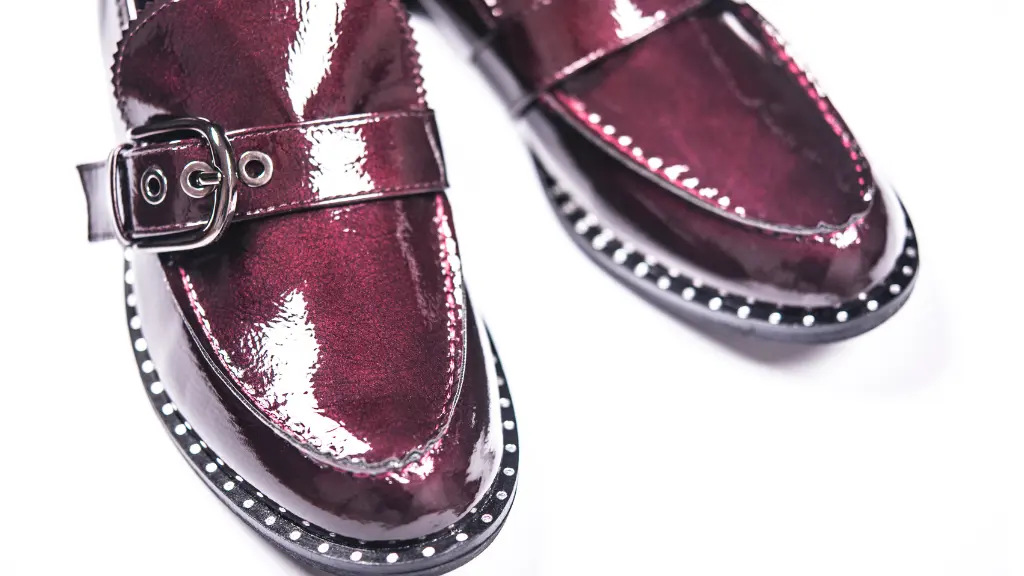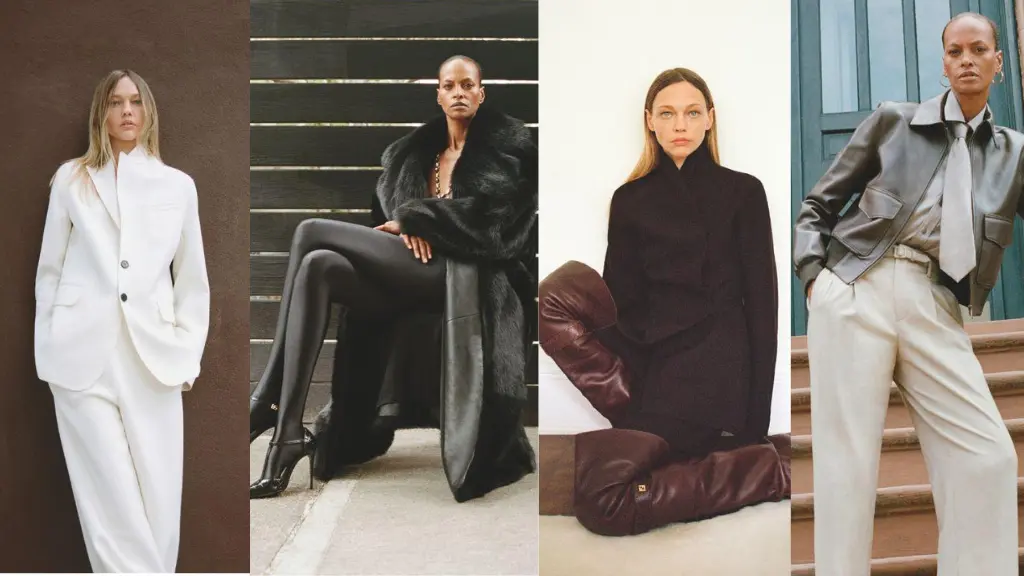In the pursuit of innovation, the fashion industry has long been inspired by technological advancements.
One such area of exploration is aerodynamic fashion, where garments are designed to reduce wind resistance, enhancing speed and efficiency.
This emerging trend combines style with functionality, catering to athletes, cyclists, and individuals seeking high-performance clothing.
You May Also Like: The Streetwear Takeover: Fashion’s Latest Power Player
Principles of Aerodynamics
Aerodynamics, the study of air and its interactions with solid objects, plays a crucial role in designing aerodynamic garments.
By understanding how air flows around the body, designers can create clothing that minimizes drag, reduces wind resistance, and optimizes speed.
Technologies and Materials
Aerodynamic fashion employs cutting-edge technologies and materials to achieve its goals. Some of these include:
- Streamlined Silhouettes: Garments are designed to fit closely to the body, reducing air pockets and drag.
- Wind-Tunnel Testing: Designs are tested in wind tunnels to measure aerodynamic efficiency.
- Aerodynamic Fabrics: Specialized materials, such as polyester and nylon, are used for their smooth, air-resistant properties.
- Textured Surfaces: Strategically placed textures can help reduce drag by creating micro-turbulence.
Applications and Benefits
Aerodynamic fashion has far-reaching applications, from professional sports to everyday life. Benefits include:
- Enhanced Performance: Reduced wind resistance enables athletes to perform at higher levels.
- Increased Efficiency: Cyclists and runners can conserve energy and achieve faster times.
- Improved Comfort: Aerodynamic garments can reduce wind chill and discomfort.
Future Directions
As aerodynamic fashion continues to evolve, we can expect to see:
- Integration with Wearable Technology: Garments that monitor vital signs and track performance metrics.
- Sustainable Materials: Eco-friendly materials that maintain aerodynamic properties.
- Customization: Garments tailored to individual body shapes and preferences.
Conclusion
Aerodynamic fashion represents a fascinating convergence of style, technology, and functionality.
embracing this innovative approach, individuals can optimize their performance, enhance their comfort, and make a statement with their clothing.
As the industry continues to push boundaries, we can anticipate exciting developments in the realm of aerodynamic fashion.










